In the past decade or so, Indian Armed forces have been moving toward a network centric warfare ability. This includes dedicated satellites, special optic fibre network allowing real time communication – videos and images for troops on ground; for pilots of planes and copters in the air and for captains of ships, and submarines out at sea.
Network centric warfare or NCW relies on computer processing power and networking communications technology to provide shared information of the battle space to armed forces. This shared awareness increases synergy for command and control, resulting in superior decision- making, and the ability to co-ordinate complex military operations over long distances for a war-fighting advantage.
A quick transfer of data means real-time transportation of images, videos data and voice from satellites, aircraft and ground stations to battlefield commanders on ground. It also helps in early warning and response aspects of a layered two-tier ballistic missile defence (BMD) network that is now under development by DRDO.
Of the three services, the needs vary. The IAF and Navy need network centricity the most. The Army needs tactical information on ground for which UAV’s are needed to know what is happening, these UAV’s are now capable of beaming live pictures and provide geo-locations of targets for specialized fire directing radars to direct fire from missiles and even weapons like Brahmos.
How does it work from air: Indian Space Research Organisation (ISRO) has launched military communication satellites named GSAT-7 for the Navy in 2013 and GSAT-7A for the Indian Air Force in 2018.
Besides this a dozen other satellites that are doing surveillance and sending only pictures and videos. GSAT-7A enables live feed and connects aircraft flying hundreds of miles away. It allows interlinking of different ground radar stations, ground airbase and airborne early warning and control (AWACS) aircraft. It help satellite-control the military unmanned aerial vehicles (UAVs) of the IAF. The GSAT 7-A extends the range of operations of the IAF aircraft by providing real-time pictures of areas not within range.
The Army (that still awaits its own satellite called the GSAT-7B) will be using 30 per cent of GSAT-7A.The Rukmini orthe GSAT-7 scans the Arabian sea, the Bay of Bengal and also the strategic choke points like the Straits of Malacca and provide live feed. The surveillance planes like the Boeing P8-I and the Dornier 228
The link on the ground: The Army, Navy and IAF have dedicated networks. In the IAF, the entire system is fibre optic-based network called ‘Air Force Network’ (AFNET), on which will rides the Integrated Air Command and Control Systems (IACCS) which provides connectivity between all the airborne platforms and ground platforms. The network, a mix of surveillance platforms, integrates the ability to use data and images in real time across many battlefields. AFNET has been created in collaboration with US-based Cisco Systems, HCL Infosystems Ltd and Bharat Sanchar Nigam Ltd.
The Navy’s, newer communication tools allow warships to see real time information of what is happening in say Karachi or in Malacca Straits or even over the South China Sea.
The Space Command coming: A beginning has been made. Work is on to set-up a Space Agency to be headed by an IAF officer for space-based missions and work on it that will include Anti-satelite weapons and protection of own assets. It is to be a tri-services division headed by an Air Vice Marshal. A formal appointment is awaited even as the work is presently handled by Assistant Chief of Air Staff Air Vice Marshal Kapoor.
The appointment can come any time as the Defence Cyber Agency (DCA) to be headed by a Navy officer of the equivalent rank – a Rear Admiral – is now functional. On May 1, Rear Admiral Mohit Gupta was appointed the first head of the DCA. Cyber, Space and C4ISR all merge at some point.
Notably, the Naresh Chandra Committee in 2012 had recommended setting up three commands, namely Special Operations, Cyber, and Space to deal with new challenges facing national security. The committee was asked by the Government to give recommendations on fine-tuning higher defence management to enable the armed forces to fight in a fast changing warfare scenario.





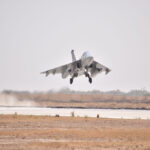
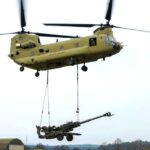
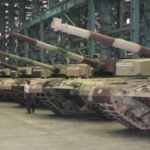
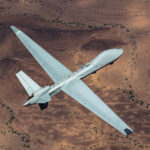
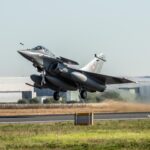



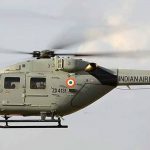



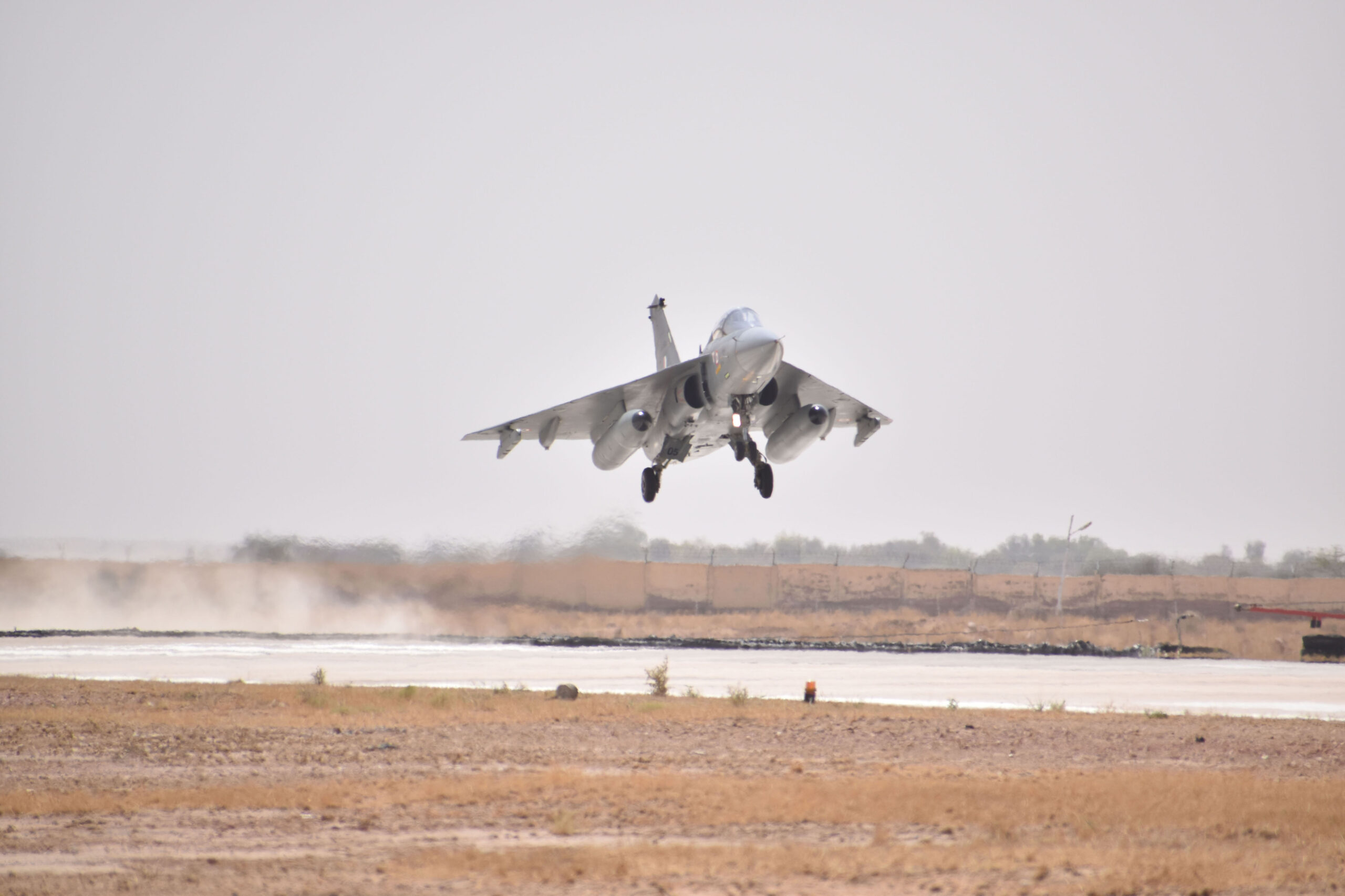
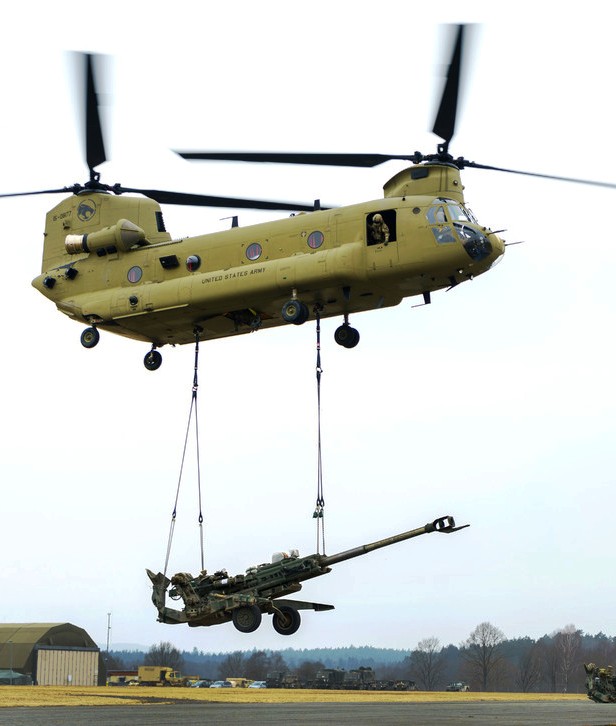
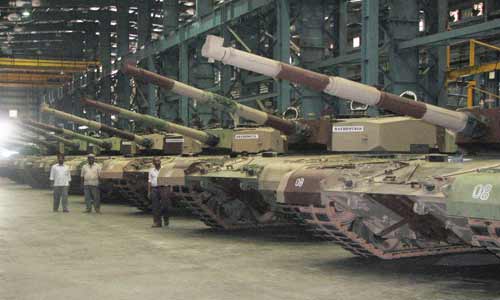
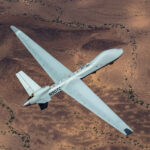
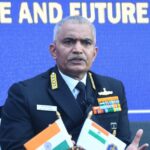
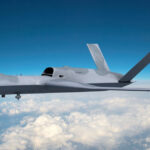
Recent Comments